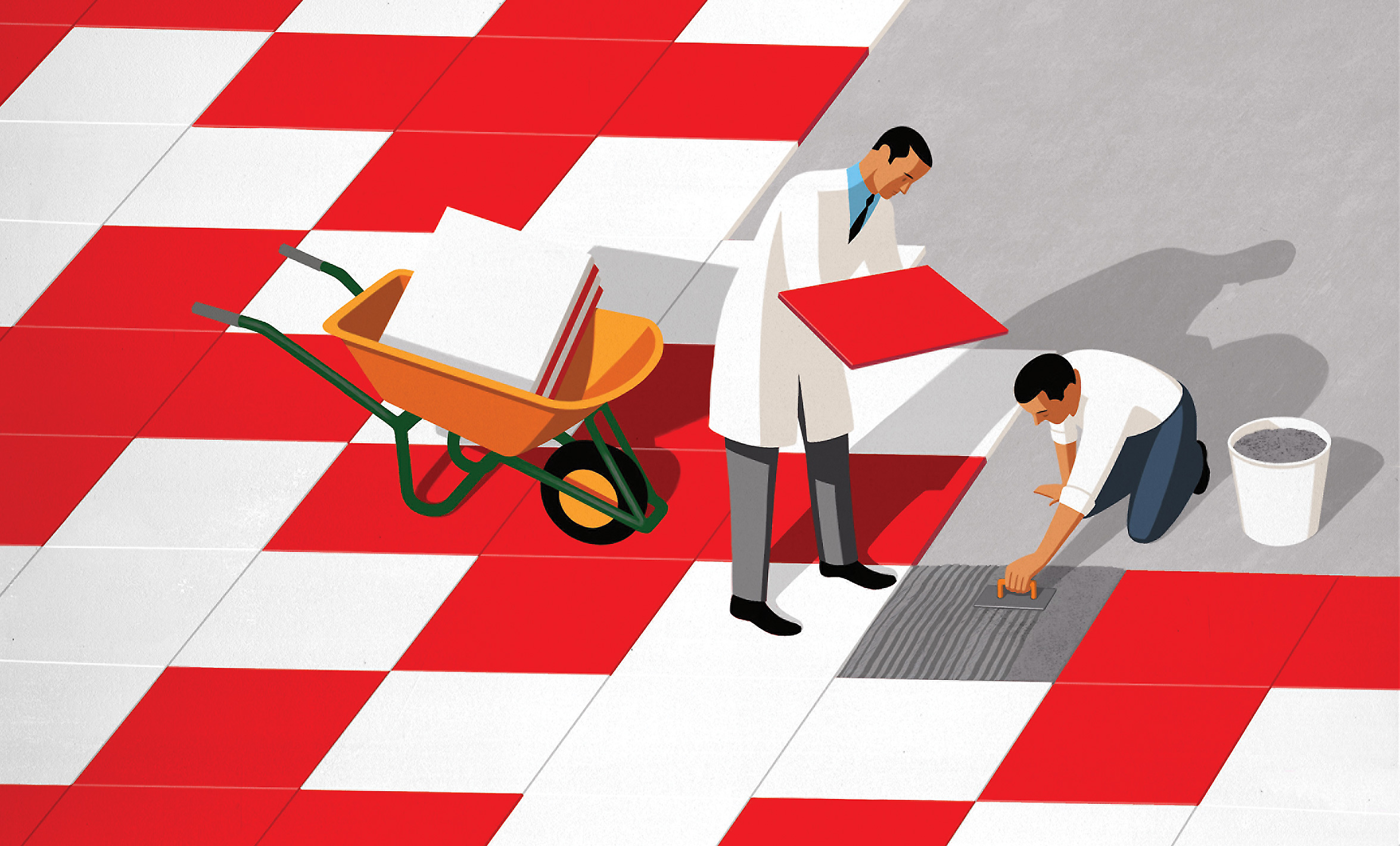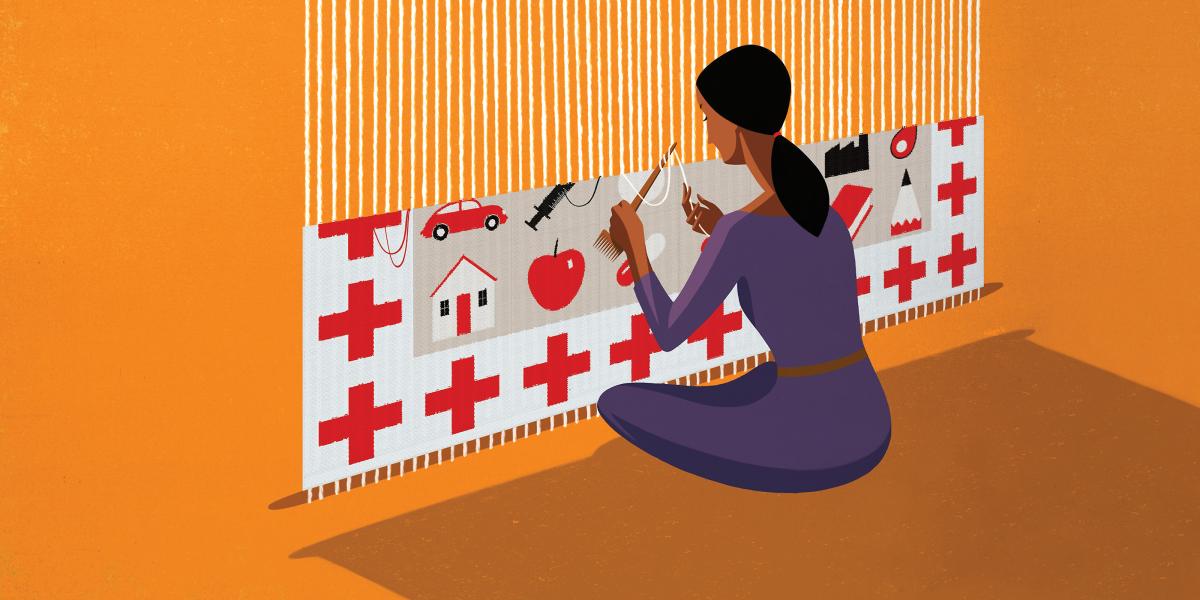Primary Health Care For All—Alma-Ata Declaration's 40th Anniversary
The famous declaration’s 40th anniversary is an opportunity to truly deliver health for all.
On the evening of September 12, 1978, Marcella Davies of Sierra Leone ascended to the lectern of the Great Hall of Alma-Ata.
She read the consensus of 134 countries. They had agreed that primary health care was the key to attaining health for all by the year 2000.
The world’s countries had sent representatives to Alma-Ata, Kazakhstan, to study recent success stories in making populations healthier and bring that knowledge home. Now, 40 years later, the WHO is set to revisit this effort at a second conference on October 25–26 in Astana, Kazakhstan’s current capital.
It’s a significant opportunity to consider the successes and failures of the last four decades, to understand why we haven’t achieved health for all and to realign with the goals that can get us there.
In a world split by the Cold War, the Declaration of Alma-Ata was a miracle, a highlight of 20th-century diplomacy. It was also a potentially transformative moment for global health.
The representatives recognized that health was not just a simple transaction between a healer and a sick patient—it was the ongoing work of a whole community. To that end, they agreed that PHC requires communities to participate in addressing the main health problems in food, industry, education, housing and public works. They agreed that community workers, nurses, auxiliaries and physicians should work as a team to respond to the expressed needs of the community.
Countries that used the Alma-Ata approach to design their health systems saw the true benefits of PHC. In Vietnam, for example, the political reforms known as Doi Moi integrated health into the country’s plans for comprehensive social development. In Cuba, the government not only financed community-based general practitioners that could offer annual in-home visits for every citizen, but also organized local committees that worked with the GPs to understand and respond to health threats. These committees have organized blood drives, neighborhood clean-ups and social support for shut-ins.
In too many other countries, however, PHC has devolved into a selective focus on the top-down distribution of important commodities related to health, such as vaccines, contraceptives, antivirals and other necessary, good things. Selective interventions like these are effective and important. They are also lucrative—which is why vested interests often push their particular “magic bullets” targeting specific diseases.

Top-down solutions rely on funding for a workforce to deliver them. Without the community’s political buy-in, they are unsustainable. And they are limited in the conditions they can address: There are no good top-down solutions for combating obesity, diabetes, cancer, substance abuse and suicide. Solving these problems requires changes in the behavior of individuals, along with changes in social norms and social supports from the community.
A neglected lesson implicit in the Alma-Ata Declaration is that the community itself must cultivate a cycle of response to changing health threats. The declaration encouraged national health planners and international aid organizations to support community-based solution-finding. When people share an understanding of the factors that keep them from feeling well, they frequently innovate and adopt solutions most appropriate to their situation and at a cost they can afford.
Today, powerful forces continue to threaten that goal. Delivering medical care to sick people is an industry worth $8.8 trillion—$8 trillion of which is spent in high-income countries. The force of such financial gravity skews terms like “primary health care” or “universal health coverage” into a narrow meaning of medical care delivery and coverage with medical products and services. And health professionals who have invested considerable time, effort and funding to develop their skills may resist community input, let alone control.
This fall in Astana, the WHO is poised to “endorse a new declaration” supporting universal health coverage. It would be a mistake to rewrite the 1978 Alma-Ata Declaration and its vision of primary health care—carefully defined to be inclusive of both public health and primary medical care. Their early draft envisions “people engaged in their own health” and “societies and environments that prioritize and protect people’s health” in addition to high-quality, affordable, available and accessible health care.
The 2018 WHO resolution has been able to draw on a public health community wiser for the wear and possessed of years of health systems research to robustly reaffirm the feasibility of earlier calls for equity, community participation, intersectoral cooperation and community self-reliance.
If the WHO’s reaffirmation of the Alma-Ata Declaration goes right, it will be a second chance to recognize that a “treatment only” approach is not the way to address the modern scourges of noncommunicable diseases and injuries. Violence, addiction, obesity, trauma and despair are community problems for which there is no vaccine or pill.
The power of convening with multiple stakeholders from multiple sectors has been demonstrated in communities as diverse as Wilkes County, North Carolina, via its Project Lazarus, a public health response to the opioid crisis based largely on community empowerment; and in Sri Lanka, where the NGO Sarvodaya convened health committees in 800 towns and hamlets to work with local health departments. Innumerable efforts by communities are working—and the evidence continues to suggest that they work because of the active and “full participation of the community.”
There is every reason for optimism that 2018 will be the year when those invested in the vertical imperative to heal the sick and offer lifesaving vaccines, bed nets and micronutrients realize that the long game matters, too. Building the public health infrastructure that brings the members of a community into the planning and control of health policies is the best way to ensure that the vertical interventions reach the poor and are sustained. Vertical and horizontal approaches to health were never either/or choices.
Getting community buy-in is the best way to make vertical approaches sustainable and to help communities deploy their best assets for their own advantage. This is what Alma-Ata always intended. Now is our chance to come together, support and engage communities, and bring the goal of health for all to fruition.
